Expanding quickly into the Indian and South Asian markets, Vivo is developing stylish smartphones with an emphasis on high-end sound and photography capabilities. Announced in September 2017, the X20 Plus is an upper mid-range device that features a Snapdragon 660 chipset with an octa-core processor that provides plenty of power for photography and moderate multitasking. Its photography capabilities offers a dual-cam solution, including a 12MP sensor with a f/1.8 lens for the primary camera, and a lower-resolution 5MP sensor for the second camera. Both camera lenses have similar focal lengths, however, so the X20 Plus doesn’t offer a tele-lens solution for optical zoom shots, instead using the second sensor principally for its artificial bokeh feature.
We’ve been busy running the Vivo X20 Plus through our industry-standard benchmark tests, shooting hundreds of stills and hours of video, and are delighted to share the verified results in our comprehensive review.
Key camera specifications:
- Primary camera with 12MP sensor & f/1.8 lens
- Second 5MP sensor
- 12MP front camera with f/2 lens for selfies
- Dual pixel autofocus
- HDR, face detection, touch focus, geo-tagging, panorama
- 64GB internal storage, expandable to 256GB
- Android 7.1.1 (Nougat) & planned upgrade to v8 (Oreo)
- HD video 1080p@30fps
About DxOMark Mobile tests: For scoring and analysis in our smartphone camera reviews, DxOMark engineers capture and evaluate over 1500 test images and more than 2 hours of video in both controlled lab environments and in natural indoor and outdoor scenes. This article is designed to highlight the most important results of our tests. For more information about the DxOMark Mobile test protocol, click here.
Test summary
The Vivo X20 Plus achieves an outstanding overall DxOMark Mobile Score of 90 points, performing consistently well for both stills and video. It’s a capable device in both bright and low-light environments, with its key strengths for stills being nice exposures, neutral white balance, accurate autofocus, and good flash results. Effective noise reduction also ensures smooth files, particularly in low light, and there’s a nice balance between noise reduction and texture, with fine detail reasonably well-preserved. The device’s bokeh simulation mode offers good subject isolation for pleasing portraits, but the lack of a second telephoto lens means there are better options for zoom shots in the smartphone market. Shooting full HD 1080p video, exposure and color are generally good in most lighting conditions. Video autofocus is also fast, although some quick and abrupt changes in focus, as well as occasional frame drops and differences in sharpness between frames can affect the smoothness on playback.
Bright light
Shooting outdoors, or in bright light, the Vivo X20 Plus delivers accurate and pleasant exposures in well-balanced lighting conditions. Dynamic range is a little limited, with a tendency to slightly overexpose the highlights in high-contrast scenes, but when HDR properly kicks in, results are good. White balance is among the most neutral we’ve seen, particularly outdoors, and although color rendering is good, hues are not overly saturated, so colors lack a little “pop.” Autofocus is accurate, consistently delivering very sharp images, and although focus speed can be quick, it’s not always so, with occasional longer delays for the device to lock on and fire. Noise reduction is very good generally, except in blue skies, where noticeable luminance noise is evident, and noise non-uniformity results in patches of smooth sky and patches with noise. Texture and fine detail preservation is excellent outdoors, too, especially in static scenes. This is achieved through some fairly aggressive sharpening however, which also amplifies artifacts such as ringing along contrast edges that are noticeable when viewing images at large scale.
Low light and Flash
Indoors and in low light, the Vivo X20 Plus delivers accurate exposures and generally neutral white balance. Some minor color shading and occasional color casts occur under certain light sources, but they’re not overly offensive. Noise reduction is also very good, rendering some of the smoothest results we’ve seen in low light.
Pictures with flash are very acceptable, too, offering accurate exposure in the center of the frame, good color and skin tones, as well as well-controlled noise. Its fairly aggressive noise reduction results in some loss of texture, but overall, the level of detail remains good. Some noticeable corner shading and minor color shading is also evident, but on the whole, the Vivo X20 Plus delivers some decent flash pictures.
Zoom and Bokeh
Although the Vivo X20 Plus offers a dual-camera setup, the second lens offers a similar focal length lens to the primary camera and isn’t used for zoom shots. Relying only on digital zoom means there’s a loss of detail and not enough resolution to compete with dual cams that feature a second telephoto lens. At short range, zooming up to 2x magnification, results are very acceptable, however, especially in good light, and on par with some of the best single lens devices we’ve tested.
The device’s second camera comes into play for rendering an artificial bokeh effect in portraits. Results are pretty good, offering a pleasant and natural looking depth of field effect, with a fairly attractive shape to the bokeh. Depth estimation and smoothness of the blur gradient could be improved, however, with objects in front of the subject often not blurred and abrupt changes in sharpness behind the subject often visible. Subject isolation is very acceptable, though, and although some edges of the portrait can be slightly blurred, any really jarring artifacts or significant masking errors are generally avoided.
Photo scores explained
The Vivo X20 Plus achieves a total photo score of 92, which is calculated from its scores in tests that examine different aspects of its performance under different lighting conditions. In this section we’ll take a closer look at these image quality sub-scores.

Exposure and Contrast
Vivo X20 Plus
85
A very good score for exposure, with generally accurate test chart exposures under well-balanced lighting in the lab, although highlights are slightly on the bright side. This is more apparent when shooting challenging high-contrast scenes, where good detail preservation is achieved in the shadow regions, but the highlights are often overexposed. Compared to the Google Pixel and iPhone 8 Plus, two of the best devices we’ve tested for HDR, you can see that the Vivo X20 Plus fails to record good detail in the skyline in our under-the-bridge test scene.
Dynamic range is slightly improved in indoor scenes, however, where the difference in brightness isn’t too challenging. In our perceptual analysis tests, the Vivo X20 Plus achieved an excellent exposure score of 90 points for both indoor and outdoor shots, with a lower score of 74 in low light, reducing the overall score. Exposure are very good down to 20 Lux, and although they remain just about acceptable at 5 Lux, images at 1 Lux are underexposed.
Exposure on the face is also good in our challenging backlit portrait scene, which is encouraging, as this means the Vivo correctly exposes the principal subject. Exposure instabilities are visible over consecutive shots, however, with more effective HDR processing occasionally kicking in to retain the bright highlights outside, but not always.

Color
Vivo X20 Plus
86
A very good overall score for color, thanks to generally accurate white balance and fairly nice color rendering. Shooting in both outdoor and indoor conditions, white balance is very accurate, producing some of the most neutral results we’ve seen, compared to many devices which tend to be a little on the warm/yellow side. In low light and under certain artificial light sources, a slight color cast can occur, but it’s far from the worst we’ve seen.
Color rendering is fairly consistent in all lighting conditions, achieving perceptual analysis scores of 88 outdoors, 89 indoors, and 80 in low light. The neutral white balance renders color accurately, too, giving images a pleasant feel, but the Vivo X20 Plus’s saturation isn’t strong, so color isn’t as vibrant in comparison to the Google Pixel or iPhone 8 Plus.
Some minor color shading is also evident, particularly in low-light tungsten images, but to be fair, this occurs in many smartphone images under these conditions, and the Vivo X20 Plus’s color shading is not overly offensive.

Autofocus
Vivo X20 Plus
93
The Vivo X20 Plus’s dual-pixel autofocus system is generally fast and accurate, especially for static scenes, as well as in scenes containing motion in low light. In our benchmark lab test, where we defocus between shots and wait both a short and a long delay before requesting focus, the Vivo X20 Plus delivered in-focus images every time, with high levels of sharpness. After a short delay of half a second, focusing times were consistently quick, but after a longer 2-second delay, speeds were a little more inconsistent. It can be fast, but the focusing times ranged between –200 and +200ms, so you can’t always be certain a picture will be taken exactly when you want.
The Vivo X20 Plus lost no points in perceptual analysis of autofocus sharpness, as some fairly aggressive sharpening pushed the sharpness (acutance) scores over 100%, meaning that images look super-sharp.

Texture
Vivo X20 Plus
66
The Vivo X20 Plus preserved reasonably high levels of detail in outdoor conditions, especially in static scenes in very bright light where it recorded over 80% acutance. It did not always record very fine details even in these conditions, but to be fair, this is really only evident when inspecting images at very close quarters. Detail remains very acceptable in static images shot under indoor and low-light conditions, with good acutance of around 70% recorded at 5 Lux. On scenes containing subject motion, texture remains good at around 70% acutance in bright light, and very acceptable for indoor lighting conditions. So it’s only in very low light below 20 Lux on scenes with motion that a loss of detail starts to seriously impede good texture preservation.
There’s no significant difference in texture and detail preservation between tripod and handheld images. On crops of test chart images shot handheld in the lab, the Vivo X20 Plus doesn’t quite resolve as much detail as the Google Pixel 2, especially in very bright light. Results are a little more comparable between the Vivo X20 Plus and the iPhone 8 Plus, with the iPhone 8 Plus perhaps just edging the Vivo in bright light, and the Vivo edging the iPhone in low light.

Noise
Vivo X20 Plus
60
The Vivo X20 Plus offers a nice compromise between noise reduction and texture preservation, displaying less visible noise in smooth areas compared to the Google Pixel 2 and the iPhone 8 Plus. In bright light it’s generally very good, but there’s a particular issue with strong luminance noise visible in the sky, with the blue color channel evidently more affected. In low light, it handles noise extremely well, especially down to 20 Lux, where homogenous areas are nicely smooth to produce cleaner results compared to those from the Google Pixel 2 and the iPhone 8 Plus.

Artifacts
Vivo X20 Plus
56
The Vivo X20 Plus dropped points for artifacts, or optical deficiencies, with the main penalties applied for ghosting, ringing, flare, vignetting, noise non-uniformity, and lens shading. Ringing, which looks like a halo along contrast edges, can be very strong in certain scenes, notably in backlit and challenging high-contrast scenes. Strong ringing is a bit of a trade-off for enhanced detail achieved through heavy sharpening, so you may be happy to live with a bit of ringing to get good detail. Ringing on the X20 Plus is more evident than we often see, however, especially when inspecting images at close quarters or at large scale.
As well as the strong luminance noise mentioned in the previous section, the Vivo X20 Plus also suffers from noise non-uniformity, where the amount of visible noise is inconsistent in areas of uniform color. So in large expanses of blue sky, such as in our Eiffel Tower test scene, some areas are smoother than others, which can be quite distracting. Some ghosting is also visible, even on relatively static scenes, with an odd-looking outline around contrast edges occasionally visible.

Flash
Vivo X20 Plus
87
The Vivo X20 Plus achieves a very good score for flash, thanks to nice color rendering, accurate exposures, and good detail preservation. In flash-only shots, exposures and white balance are both accurate and repeatable over consecutive shots, so you get the same results every time. Luminance noise is also low, which is good, but it comes at the expense of some loss of texture, especially in intricate areas. Mixing flash with additional artificial light sources, the analysis is broadly the same, with accurate and repeatable exposure, and the same balance between noise and texture, with some fine details lost. White balance is good, too, although some color shading and a noticeable color banding effect are evident as corner shading occurs in the outer field.

Zoom
Vivo X20 Plus
33
A relatively low score for zoom, with the Vivo X20 Plus unable to compete with dual-cam smartphones that feature a tele-lens. Unsurprisingly, its best results are achieved in bright light, where resolution on 2x zoom shots display reasonably good detail. Resolution remains acceptable indoors (100 Lux), but in lower light conditions, expect fairly blurry shots even at 2x. At 4x zoom, shots remain just about acceptable in bright light over 300 Lux, but resolution is poor in lower light conditions, and 8x zoom is to be avoided regardless of light conditions. Compared to the Google Pixel 2, which is also a single-lens solution for zoom, the Vivo X20 Plus is broadly the same for resolution, but it displays noticeably fewer artifacts. Comparing zoom shots against the iPhone 8 Plus telephoto lens, however, the improved resolution of the Apple device is clear to see.

Bokeh
Vivo X20 Plus
40
A respectable score for bokeh, which offers a pleasant depth-of-field effect and reasonably good subject isolation. Its best aspect is the rendering of the background, which offers a strong but natural-looking effect, although at close inspection a repeating grid pattern is occasionally visible in the blur. While subject isolation is good, some masking errors occur, with the edges of the portrait slightly blurred in places. This is a better strategy compared to leaving sections of the background sharp, however, which is often more obvious and distracting to the viewer. There are some issues with depth estimation, notably when objects in front of the subject are not blurred; and the blur gradient can be rather abrupt, quickly jumping from sharp to blurred behind the subject.
There are also occasional issues with repeatability as well, with the bokeh mode not always kicking in, so it’s worth persevering and snapping a few portraits to make sure you get one with a blurred background.
Video scores explained
The Vivo X20 Plus achieves a very good Video score of 87 points, with its key strengths fast and accurate autofocus, as well as good exposure in most conditions. We calculate the overall video score using the video sub-scores to give us some indication of the device’s pros and cons for shooting moving images: Exposure (84), Color (81), Autofocus (89), Texture (48), Noise (67), Artifacts (76), and Stabilization (84).
Color rendering is generally good, with mainly accurate white balance, although we observed some inconsistencies under indoor lighting conditions. Lab tests identified generally accurate exposures under consistent light sources, although dynamic range is again a little limited, with overexposure of highlights in more challenging high-contrast natural scenes. As with stills, video autofocus is fast and accurate, although in some cases it’s a little too fast, resulting in rather abrupt transitions that can make for a jarring viewing experience. That aside, video stabilization is generally effective, especially in bright light, and panning movements are well-compensated, although in low light or with walking movement, some motion blur is evident. The Vivo X20 Plus also has a tendency to drop frames in most lighting conditions, and there’s often a visible difference in sharpness between frames, both of which affects the smoothness on playback. Noise reduction is fairly effective, rendering pretty clean movie files in most conditions, although the knock-on effect is fairly low levels of detail preservation, especially in indoor or very low-light videos.
Conclusion: A good all-rounder
The Vivo X20 Plus is a very capable all-rounder for photography, producing consistently good results both outdoors and indoors for stills and video alike. Exposures are generally good and hold up well against some of the best premium devices; further, the X20 Plus offers a good compromise between noise and texture, with detailed shots in bright light and smooth images in low light. Autofocus is fast and accurate, and white balance is among some of the most neutral we’ve seen. There’s some room for improvement, as we’d like to see more saturated color, better detail in the highlights in HDR shots, and a tele-lens for optical zoom shots — but that aside, the Vivo X20 Plus is an excellent choice for the smartphone photography enthusiast.


Pros
- Fast and accurate autofocus
- Good white balance and color rendering
- Accurate test chart exposure in the lab
- Good color, exposure, and details in flash pictures
- Good detail preservation in bright light
Pros
- Fast and accurate autofocus
- Accurate test chart exposures in most conditions
- Effective stabilization
- Mainly accurate white balance and color rendering
- Effective noise reduction
Cons
- Noticeable artifacts with ghosting, noise irregularities, and lens shading visible
- Dynamic range limited in high-contrast scenes
- Poor resolution on mid- and long-range zoom shots
Cons
- Frame drops and abrupt autofocus behavior
- Low level of detail preservation
- Visible ghosting and varying sharpness between frames


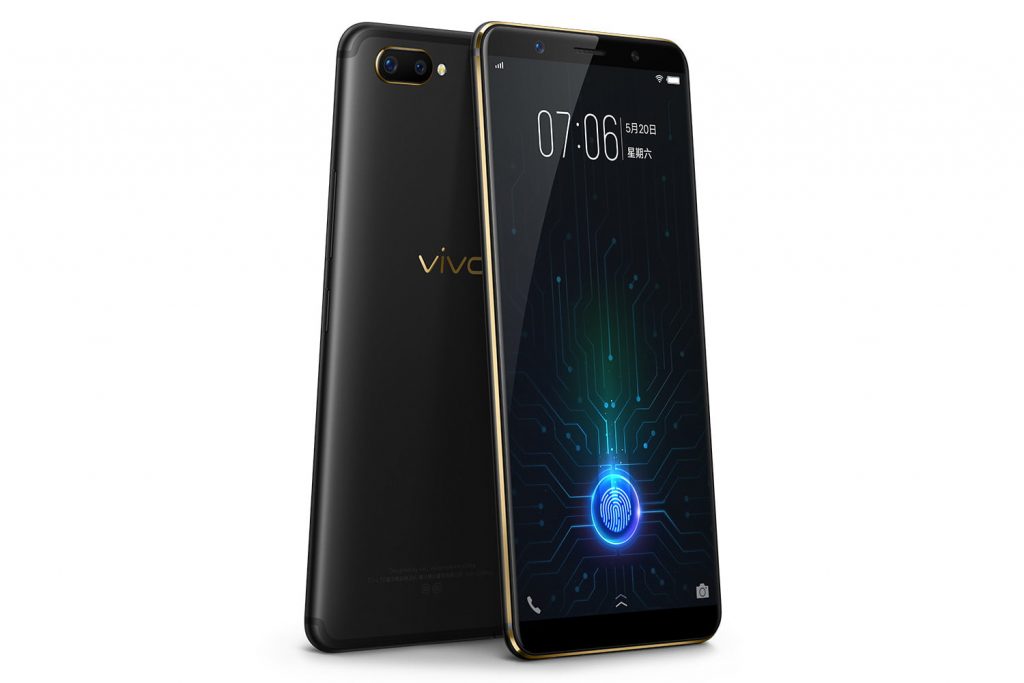


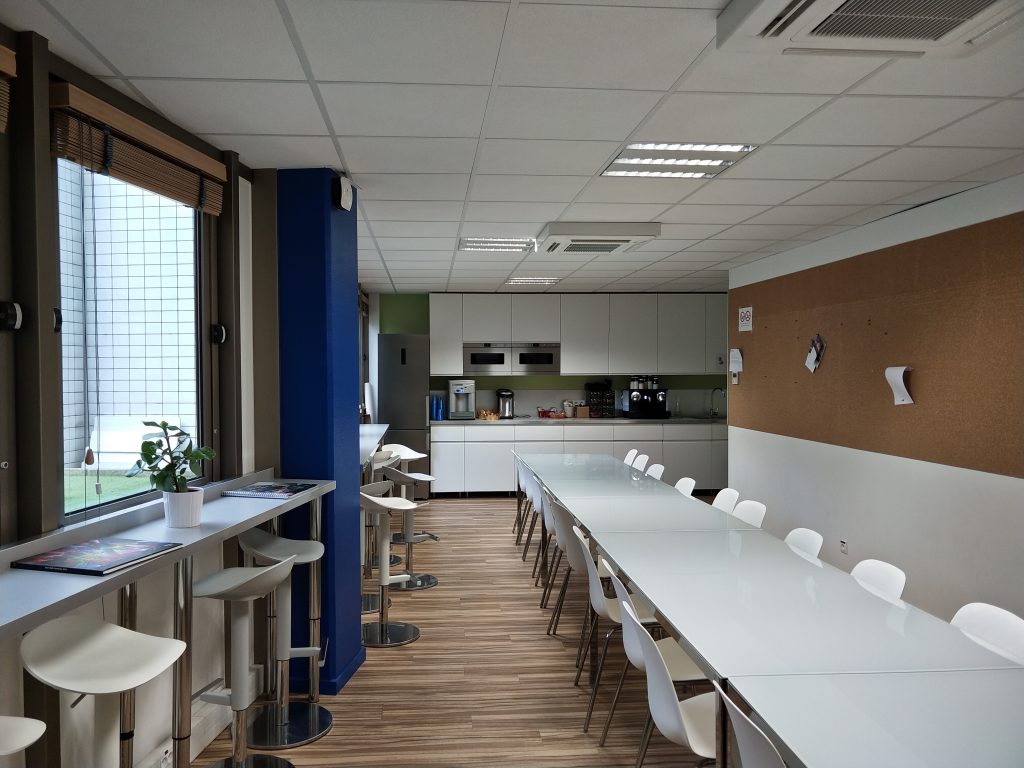

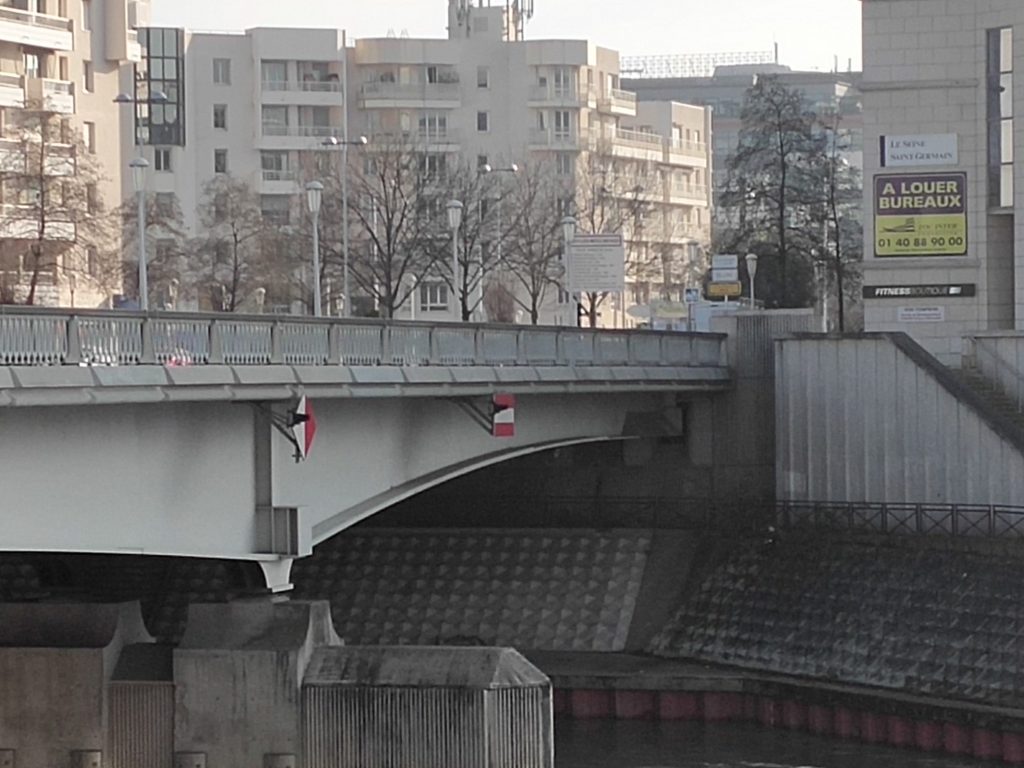



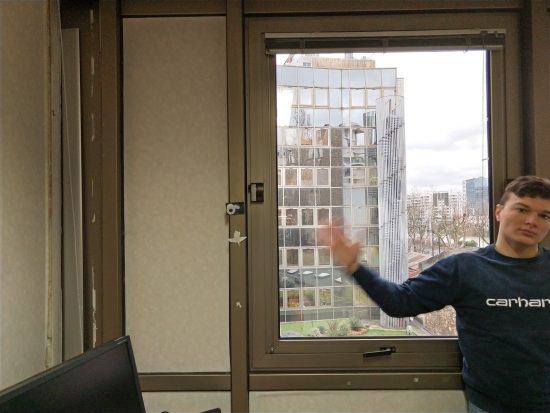
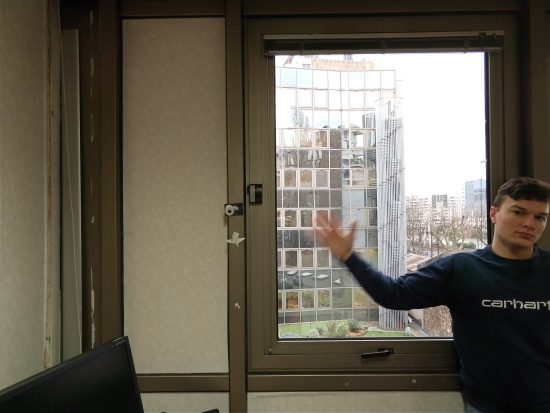
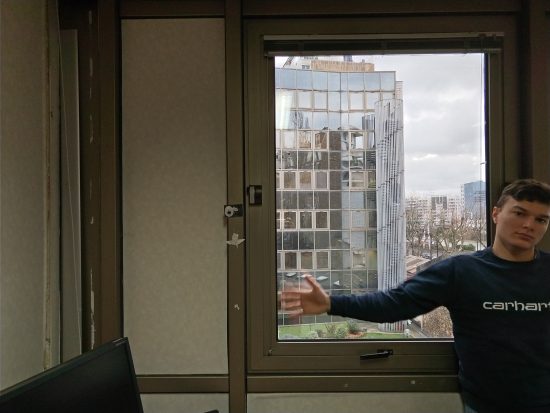
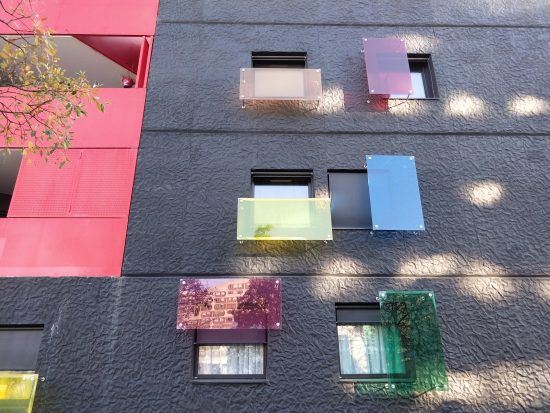
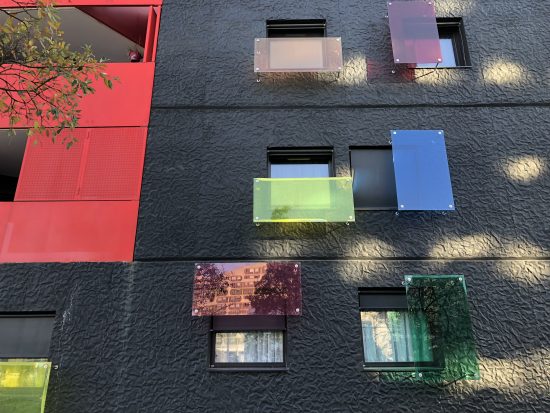
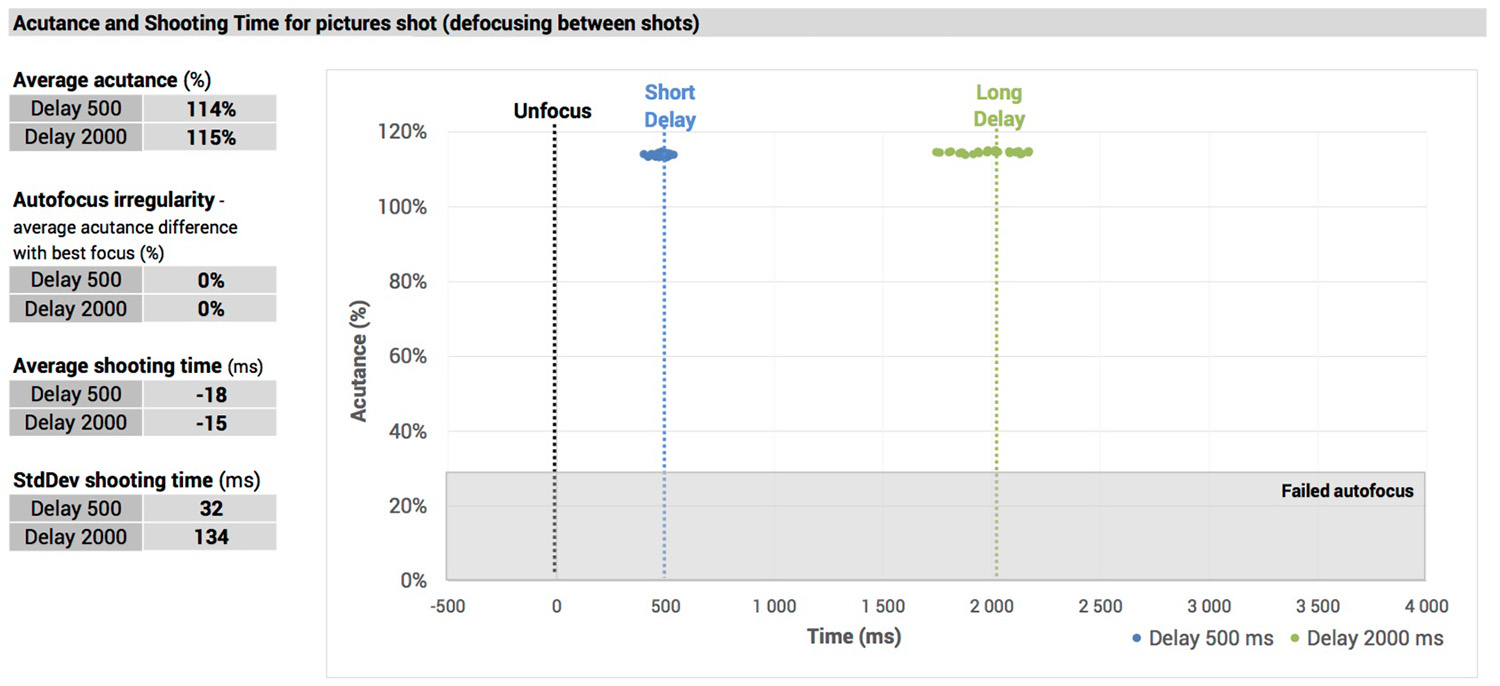
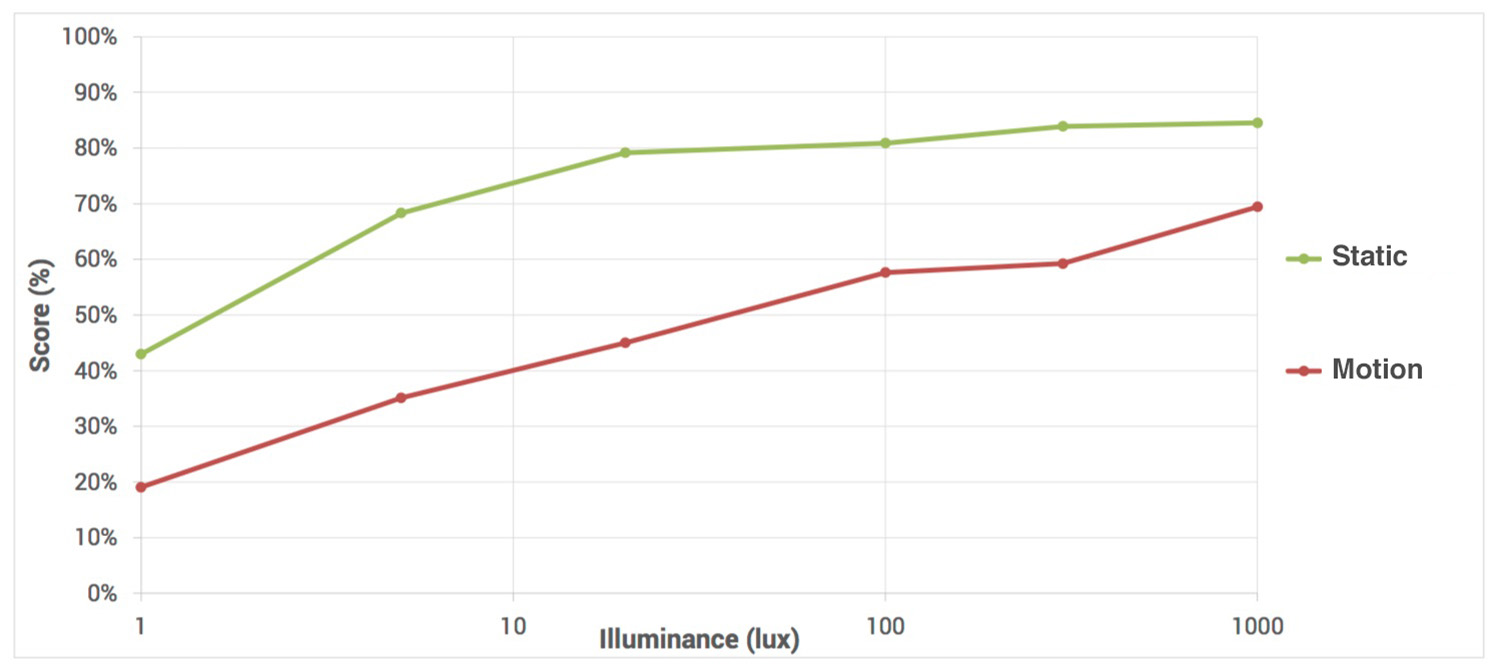









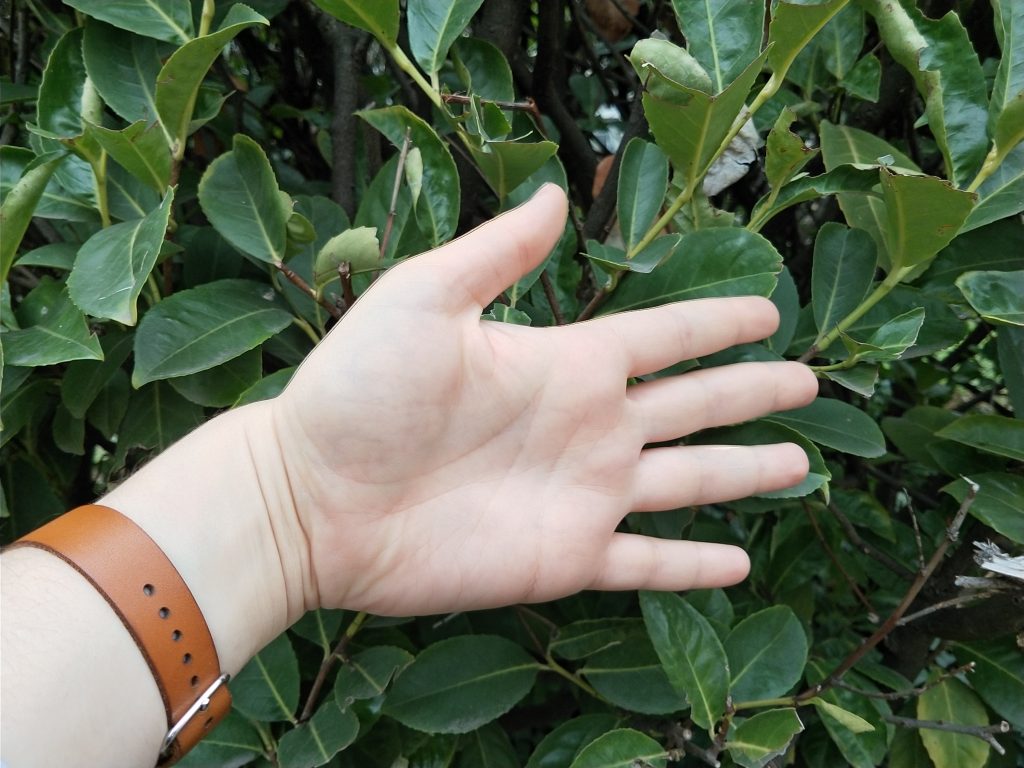

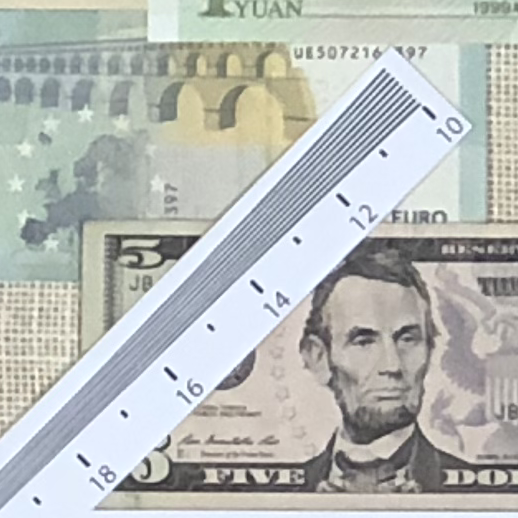

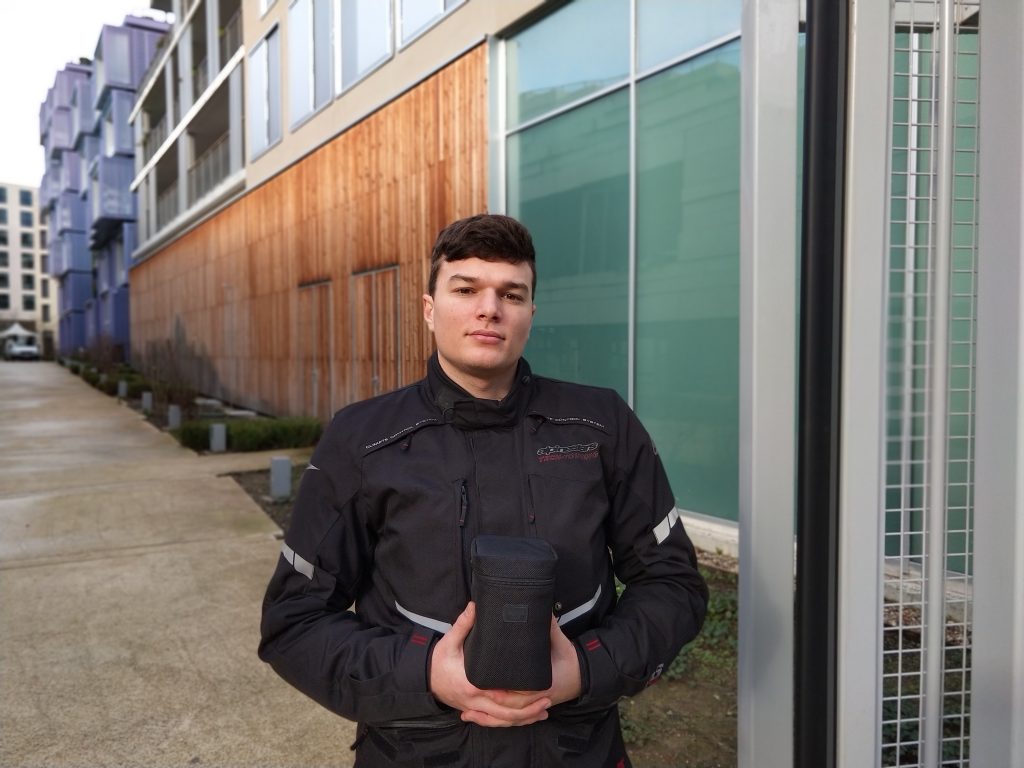
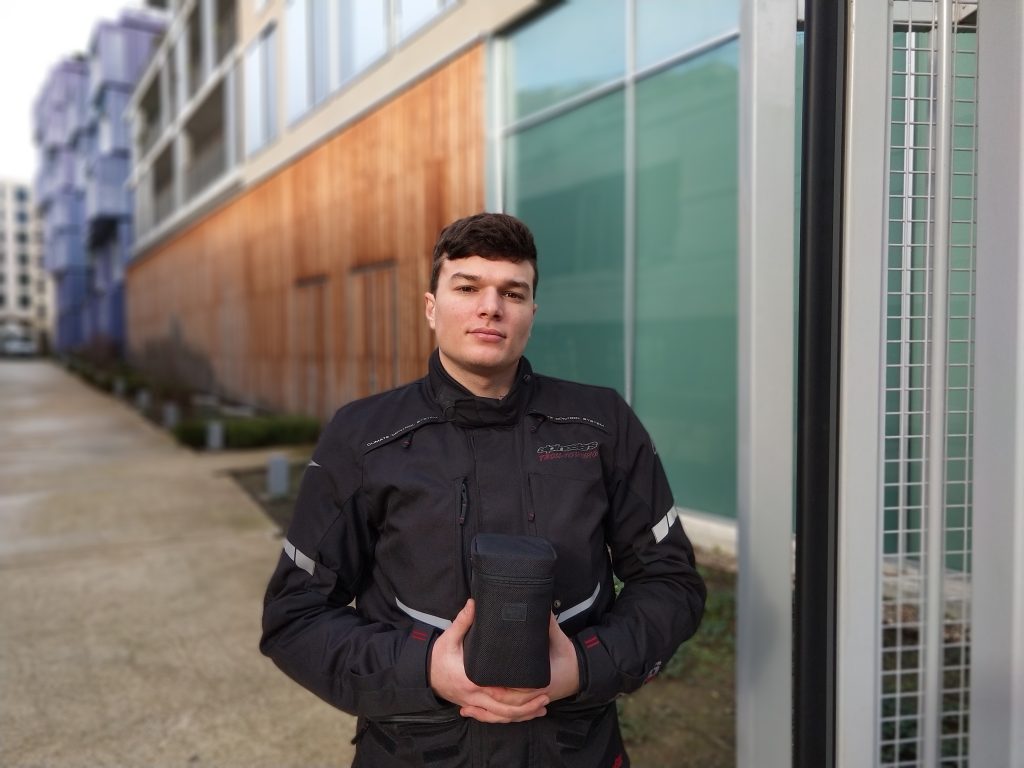
DXOMARK encourages its readers to share comments on the articles. To read or post comments, Disqus cookies are required. Change your Cookies Preferences and read more about our Comment Policy.